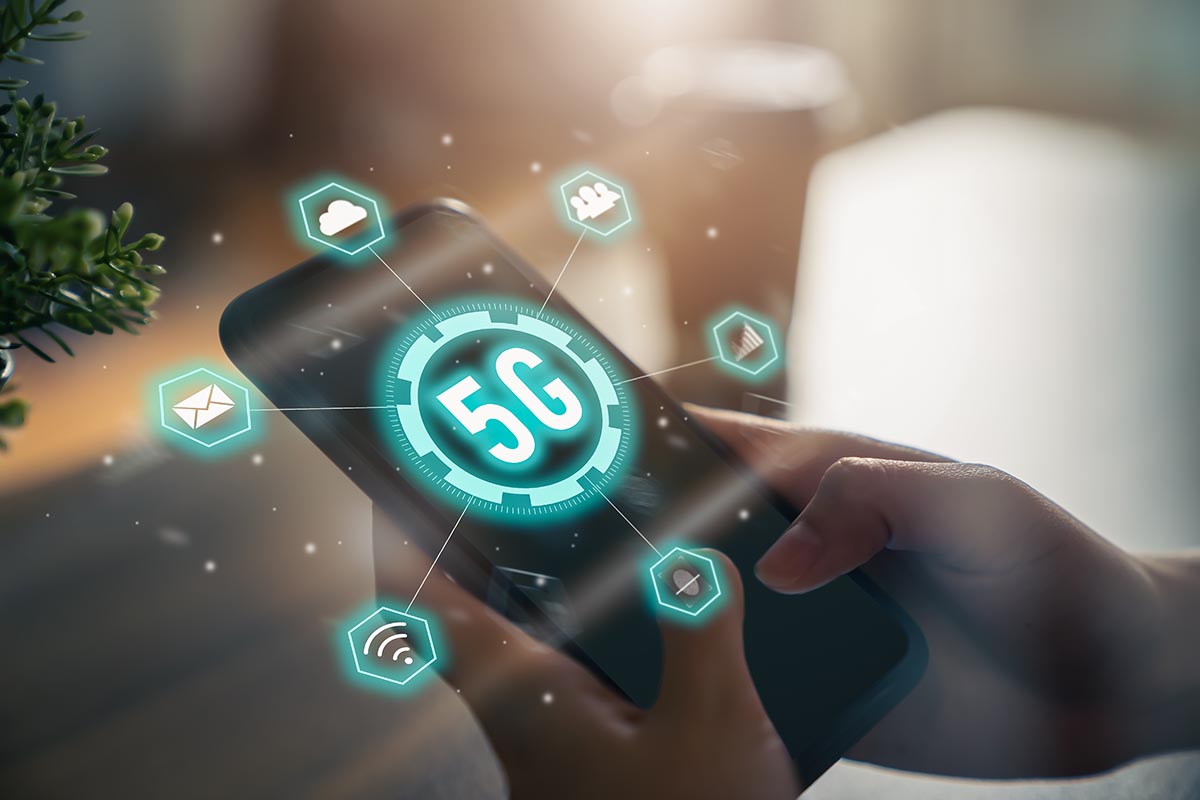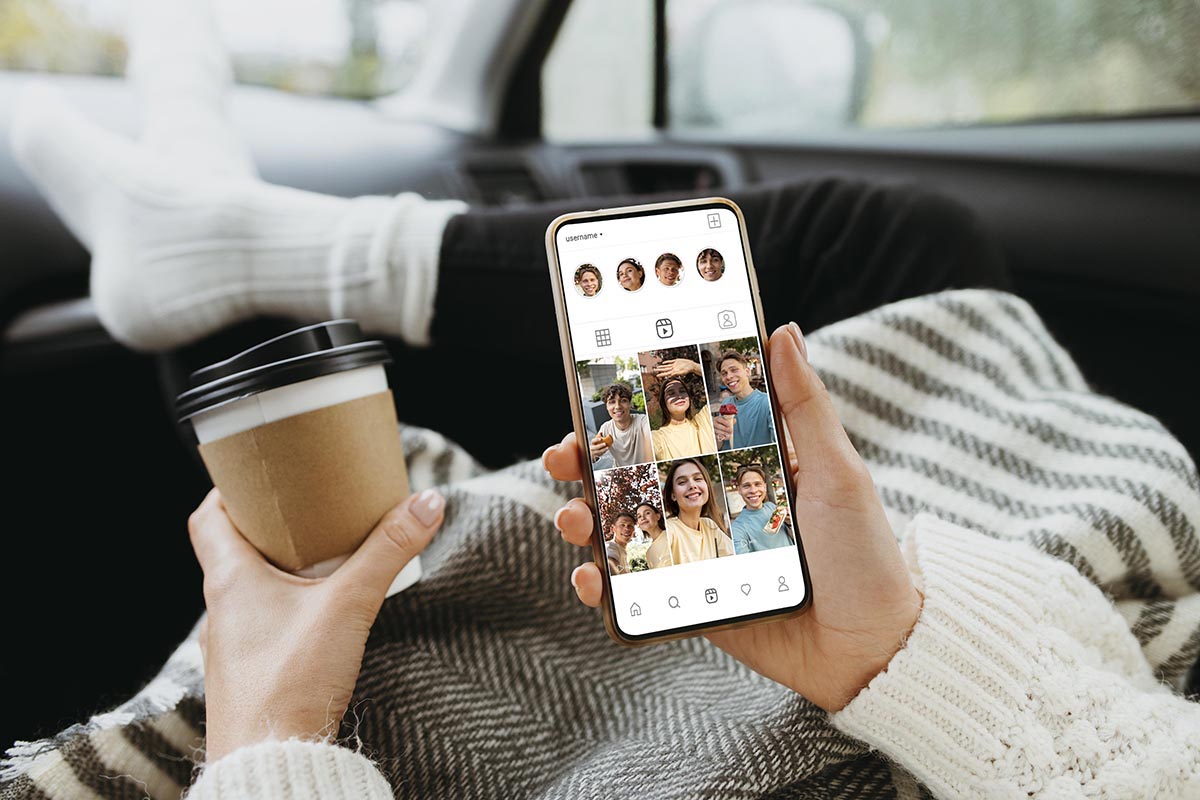Tactile Internet 5G: The Future of Real-Time
✅ Key Points
Real-Time Touch via 5G – The Tactile Internet uses ultra-low latency (under 1ms) to transmit touch instantly, enabling remote surgery, VR, and interactive gaming.
Haptic Devices Drive Innovation – Gloves, suits, and controllers replicate textures, pressure, and movement, creating lifelike experiences across healthcare, education, and industry.
Challenges and Opportunities – Security, interoperability, and energy efficiency are key hurdles, but the Tactile Internet could revolutionize medicine, learning, and global collaboration.
Have you ever thought about feeling someone’s touch from far away?
This is not science fiction. It is called the Tactile Internet.
Unlike the regular internet, which sends text, pictures, or videos, it can send touch instantly.
This brings to life ideas we once thought were impossible.
How the Tactile Internet Works
The Tactile Internet needs very fast responses.
Latency is the delay for information to travel. Normal internet is too slow for real-time touch.
The Tactile Internet must respond in less than one millisecond.
5G networks make this possible with fast, reliable connections.
Devices can send and receive haptic signals almost instantly, and this would change how games are played on Azurslot.
From Remote Surgeries to Virtual Reality
One exciting use is remote surgery. Doctors could operate on patients far away using robotic arms.
They would feel the tissues as if they were there.
This could save lives in places without special doctors.
VR could also feel real. You could touch surfaces in a game. The Tactile Internet can make this happen.
The Technology Behind the Sensation
Haptic devices are key.
These devices create vibrations or force to feel like touch.
They can copy textures, pressure, and movement. Sensors in gloves, suits, or controllers send signals to a remote system.
That system then replicates the sensations accurately.
This loop must be extremely fast. If there is any delay, the illusion of touch breaks down.
Challenges to Overcome
Creating the Tactile Internet is not easy.
A big challenge is network reliability. Even small delays can spoil the experience.
Devices and networks also need to work together. Security is important because sending touch data can be risky.
Protecting it from hackers is very important, especially in healthcare.
Potential Beyond Medicine
The Tactile Internet is not just for healthcare or gaming.
It could change learning, work, and fun. Students can practice skills from far away.
Engineers can test machines without being there. Artists can shape virtual art and feel it.
The possibilities are endless.
Economic Implications
Spending money on the Tactile Internet could help businesses grow.
New ideas could lead to big opportunities in medicine, gaming, and training. But building 5G networks and devices costs a lot.
Governments and companies need to work together to make it happen.
Social Impact
The Tactile Internet could also affect how people interact. Long-distance relationships could feel more personal.
Remote teamwork could become more effective with shared tactile experiences.
However, there are concerns. Some worry people may become overly dependent on digital touch.
Balancing virtual and physical experiences will be important.
Impact on Telecommunication Networks
The Tactile Internet needs faster, stronger networks.
Old networks can’t handle real-time touch data. 5G helps, and 6G may be even better.
New methods like network slicing and edge computing are being used to make it work well.
Human-Machine Collaboration
The Tactile Internet helps people work with machines better. In factories, workers can control robots from far away and feel what the robots feel.
This makes work more precise and safer. It also helps in dangerous places like deep oceans or space.
Ethical Considerations and Accessibility
As the Tactile Internet grows, we must think about fairness and access. Who can use it?
How do we make it fair for schools and hospitals? Sending touch data also raises privacy concerns. Systems must keep people safe and make tactile technology available to everyone.
Haptic Cloud Computing
Haptic cloud computing sends touch data through the cloud. This makes devices work faster and easier.
With cloud and edge computing, people can feel touch in real time without strong local devices. This is important for things like remote surgery or big VR experiences.
Standardization and Interoperability
For the Tactile Internet to work well, devices and networks must connect smoothly.
Rules are being made so devices can talk to each other. Without them, gadgets might not work together.
These rules make tactile technology easy to use and available to all.
Energy Efficiency in Tactile Networks
Sending touch data in real time uses a lot of energy, especially on 5G networks.
Researchers are finding ways to save energy without slowing things down.
Methods include compressing data, using efficient signals, and using low-power devices.
Making the Tactile Internet energy-efficient helps the environment and supports growth.
Training and Skill Development
The Tactile Internet can change how people learn skills.
Students could practice tasks from far away and feel them in real time.
For example, medical students could try surgery on virtual patients, or mechanics could feel machine parts.
This helps people learn better without being there in person.
Gaming and Entertainment Evolution
Gaming could become more real with tactile feedback.
Players could feel every surface, hit, or movement.
Even concerts or virtual shows could let people touch and interact with what’s happening.
Psychological and Cognitive Impacts
Adding touch to digital experiences can affect the brain.
The Tactile Internet may help learning and memory.
But it could give too much sensory input or make people rely on it too much.
Researchers study it to keep it safe.
Future Directions
Artificial intelligence may enhance touch simulations.
Networks are being tested for ultra-low latency performance.
Some prototypes already allow users to manipulate remote objects with precise tactile feedback.
The next decade could see widespread adoption of Tactile Internet applications.




















